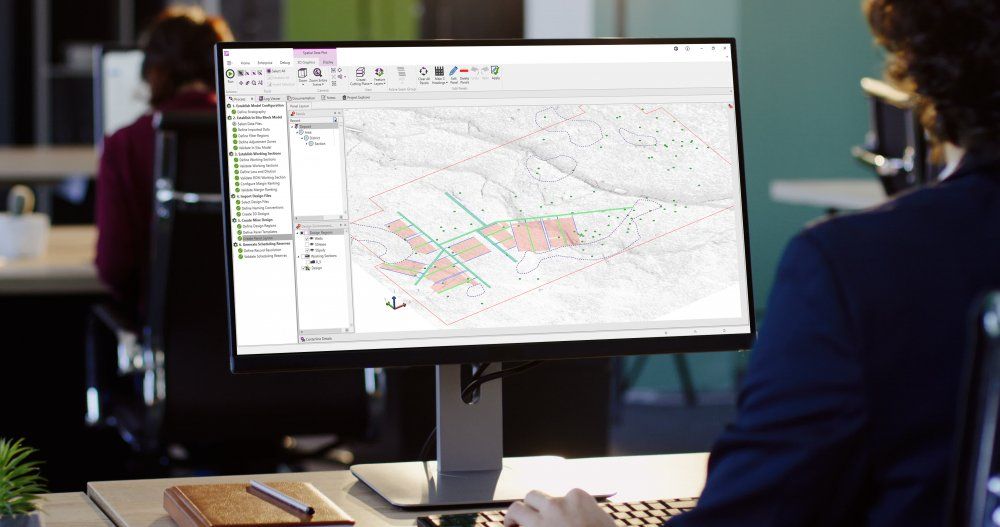RPMGlobal has worked closely with a number of potash miners to develop a new integrated mine planning and scheduling product specifically tailored to the underground potash industry.
Underground Potash Solutions (UGPS) builds on XPAC Solutions’ strong 40-year history and delivers a true integrated mine planning and scheduling package, according to the company.
RPM says it has developed UGPS to address the unique challenges of underground potash operations through a single integrated mine planning and scheduling package that can be used for design, reserving and scheduling across all scheduling horizons – from strategic to short term.
Underground mining is the most common form of potash mining, accounting for over 80% of global potash output, according to RPM.
Commenting on the new product, Richard Mathews, RPM’s Chief Executive Officer, said: “We are proud to have worked collaboratively with our development partners on UGPS to ensure it meets the everyday practical needs of engineers working in underground potash operations.
“We are confident UGPS can drive a pivotal step-change in mine design and scheduling at potash operations.”
The release of UGPS includes the parametric scheduling benefits pioneered by RPM to automate repetitive and time-consuming tasks that can often take a mine planner days or weeks to perform. Instead of having to manually draw the mine layout in a CAD package, the parametric design techniques of UGPS enable a planner to rapidly generate and analyse multiple scenarios, according to the company.
Changes to any aspect of the design or geology are automatically applied to the final schedule with minimal intervention. “This allows mining engineers to focus on applying their skills to run different scenarios, deepen analysis and deliver more value,” RPM says.
Mathews said UGPS provides a single product that incorporates all aspects of the scheduling process in one.
“Scheduling changes are often triggered by changes to the mine layout, and, in such instances, users are forced to make numerous manual adjustments across several independent tools to correctly model and understand the impacts,” he said.
“Unlike other 2D design tools on the market, UGPS undertakes detailed modelling of the potash deposit in 3D, creating a complete mathematical model of the mine. Moreover, users are able to import existing designs, create new designs or use a combination of both.”
UGPS also introduces enhancements to the scheduling process configured specifically for potash operations.
While users generate detailed schedules for each item of equipment, automated mining rules ensure logical mine development sequences are always followed, according to the company. This allows the engineer to focus on alternative equipment deployment strategies, while having confidence that the detail is being managed automatically in the background.
Mathews concluded: “The release of UGPS is strategically placed to help mine planners unlock new levels of capability, and, as a fully integrated mine planning and design tool, the advanced scheduling methodology and 3D capability contained within UGPS provide a level of sophistication that is unmatched in the market today.”











